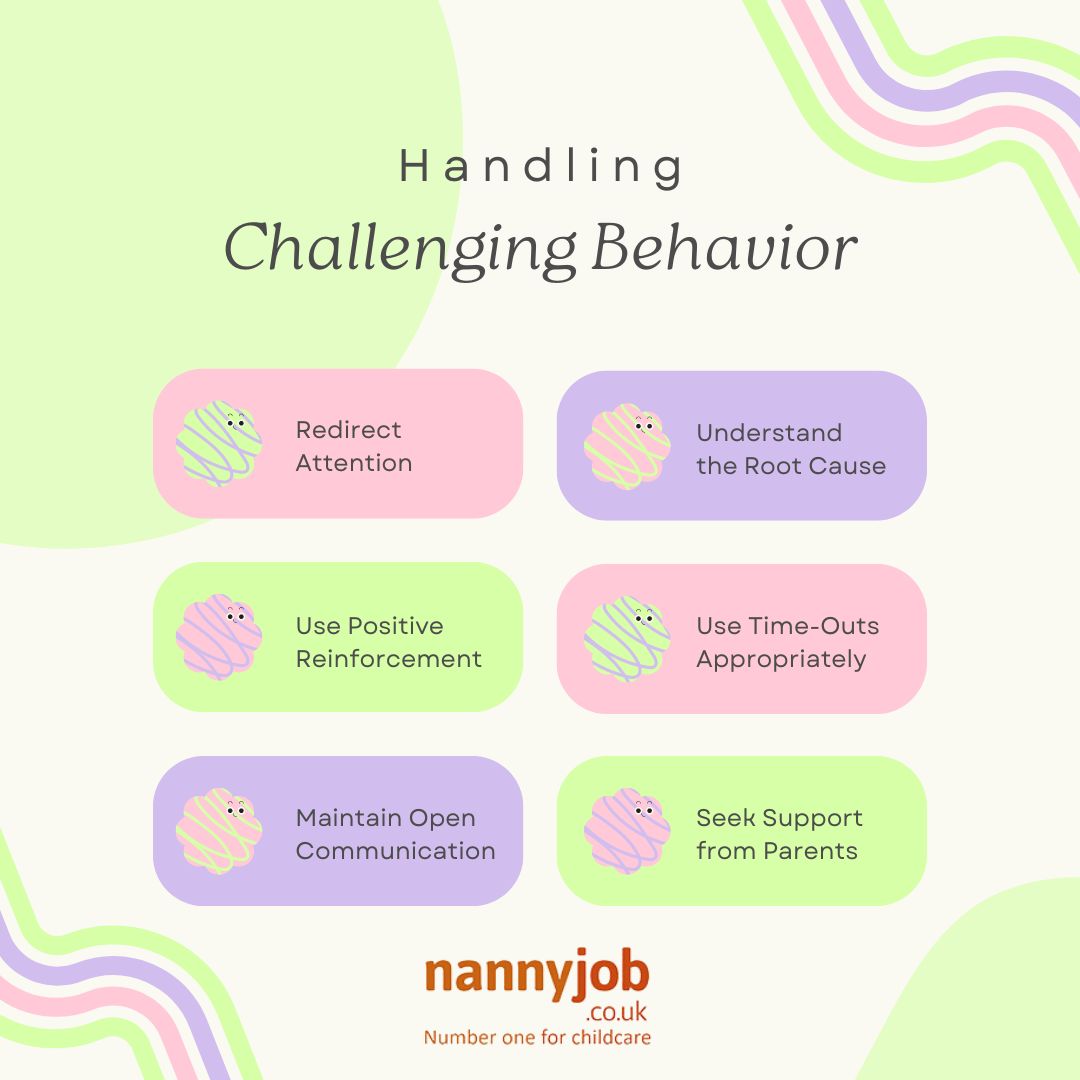Parenting and caregiving are among the most rewarding roles in life, but they can also be some of the most challenging. Stress, anxiety, and burnout can take a toll on parents’ and carers’ mental health, impacting not only their well-being but also the entire family system. Children are sensitive to the emotions of the adults around them, and when mental health struggles arise, it can create ripples throughout the family.
As we mark Parent Mental Health Awareness Day on 27th January, with the theme Build Family Resilience, it’s an opportunity to explore how mental health impacts families and how nannies can play a crucial role in supporting both parents and children during challenging times.
How Mental Health Impacts Families
- Children’s Emotional Well-Being
- Children often mirror the emotions of their parents or carers. If adults are experiencing stress or anxiety, children may feel unsettled, anxious, or confused.
- When mental health struggles persist, children may develop behavioral or emotional challenges, including withdrawal, anger, or difficulty focusing.
- Parent-Child Relationships
- Mental health difficulties can strain parent-child connections, leading to less patience, fewer positive interactions, and reduced emotional availability.
- Strong relationships are vital for children’s sense of security and development, so supporting parents’ mental health directly benefits these bonds.
- Family Dynamics
- Stress and mental health challenges can lead to increased tension, miscommunication, and conflict within the household.
- Resilient families who work together to address these challenges can emerge stronger, fostering a positive and supportive home environment.
Building Family Resilience
What is Family Resilience?
Family resilience is the ability of a family to adapt, recover, and thrive in the face of challenges. Building resilience involves strengthening relationships, fostering open communication, and developing coping strategies that support everyone’s mental health.
Here’s how families can build resilience:
- Prioritise Open Communication
- Create a safe space where family members can share feelings without fear of judgment.
- Encourage children to express their emotions, and model healthy ways to talk about stress or challenges.
- Practice Self-Care
- Parents and carers need to prioritise their own well-being, whether through exercise, hobbies, or quiet time.
- Self-care isn’t selfish—it’s essential for showing up as your best self for your family.
- Focus on Connection
- Spend quality time together, whether through family meals, game nights, or outdoor adventures.
- Small moments of connection help strengthen bonds and provide emotional stability for children.
- Seek Support When Needed
- Professional support, like therapy or counseling, can be invaluable for parents and carers navigating mental health challenges.
- Lean on your support network, including friends, family, or a trusted nanny, to lighten the load.
How Nannies Can Support Family Mental Health
Nannies are more than caregivers—they’re partners in supporting the overall well-being of the families they work with. Here’s how nannies can help build family resilience:
- Provide Emotional Support
- A nanny’s consistent presence can provide stability and reassurance for children during times of stress.
- For parents, knowing their children are in safe, caring hands can ease anxiety and create space for self-care or professional help.
- Encourage Healthy Routines
- Nannies can help maintain consistent routines, from bedtime schedules to healthy meals, which provide children with a sense of security.
- They can also model mindfulness or relaxation activities for children, such as deep breathing or yoga.
- Be a Trusted Listener
- Nannies can offer a listening ear for parents who may need to vent or share their feelings.
- By being empathetic and nonjudgmental, nannies can foster a supportive environment for the whole family.
- Engage in Positive Activities
- Nannies can organise activities that promote joy and bonding, such as creative play, outdoor adventures, or special family projects.
- Fun, low-pressure activities help alleviate stress and create positive memories for children and parents alike.
- Recognise and Respond to Signs of Stress
- If a nanny notices signs of burnout or emotional strain in a parent or child, they can gently suggest resources or ways to seek help.
- Open communication and observation can help families address challenges early.
Practical Steps for Families and Nannies to Build Resilience Together
- Create a Supportive Partnership
- Families and nannies should work together to identify areas where extra help is needed, such as managing routines, organizing family schedules, or providing emotional support.
- Celebrate Small Wins
- Acknowledge and celebrate progress, no matter how small. Whether it’s a child mastering a new skill or a parent finding time for self-care, every step matters.
- Focus on Teamwork
- Building resilience is a team effort. When families and nannies work collaboratively, they can tackle challenges together and create a more harmonious household.
Conclusion
Parent and carer mental health is the cornerstone of a healthy, resilient family. By prioritising self-care, open communication, and support systems, families can build the resilience needed to thrive during life’s ups and downs. Nannies play a vital role in this process, providing not only practical help but also emotional support that strengthens the entire family system.
This Parent Mental Health Awareness Day, let’s commit to supporting one another, building resilience, and fostering a culture of care for everyone in the family. Because when parents and carers are supported, children flourish—and so do families as a whole.





